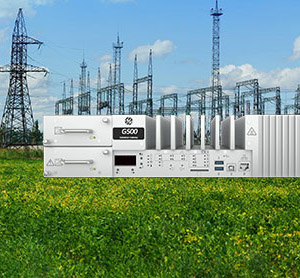Support a wide range of inputs, outputs and communication protocols on electrical assets

Support a wide range of inputs, outputs and communication protocols on electrical assets

Manufacturing for the product has been discontinued. As an alternative, please refer to MS 3000 or DGA 900 Plus.
Manufacturing for the product has been discontinued. As an alternative, please refer to MS 3000 or DGA 900 Plus.
Manufacturing for iBox has been discontinued. As an alternative, please refer to G100.
Manufacturing for iBox has been discontinued. As an alternative, please refer to G100.